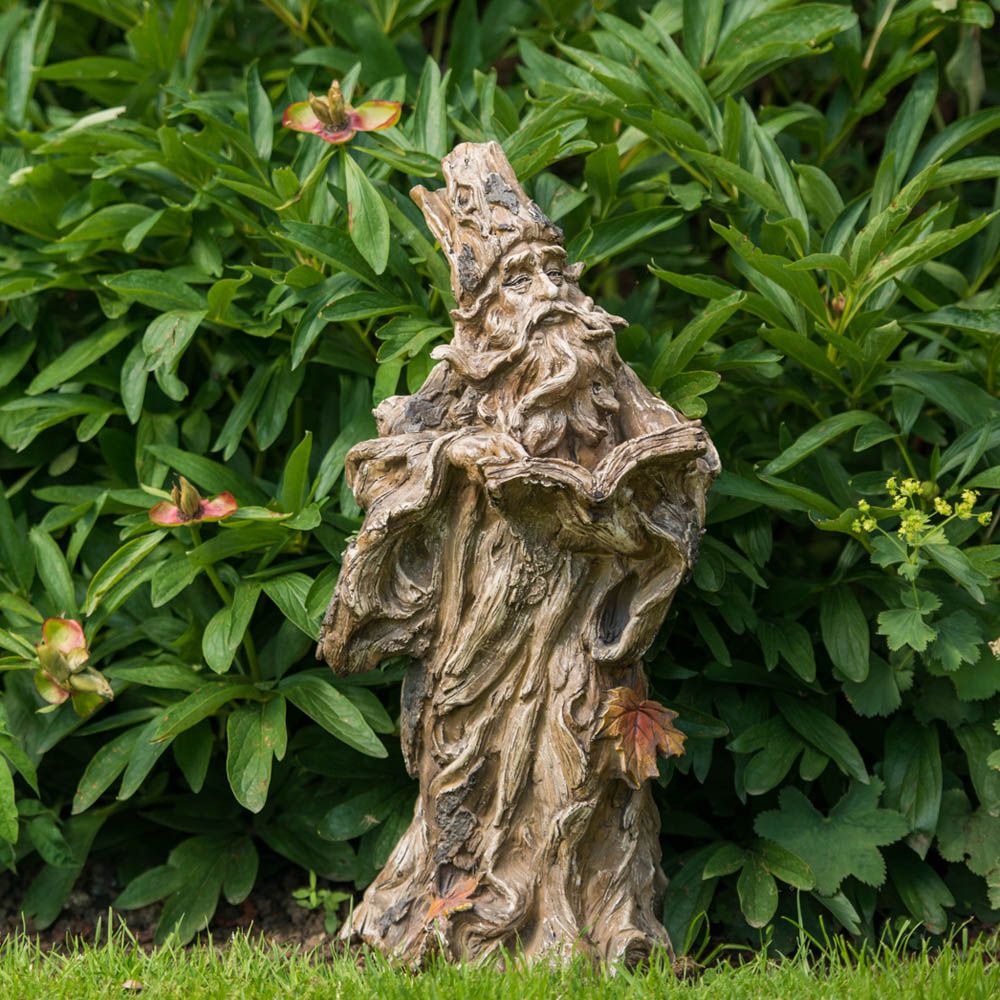
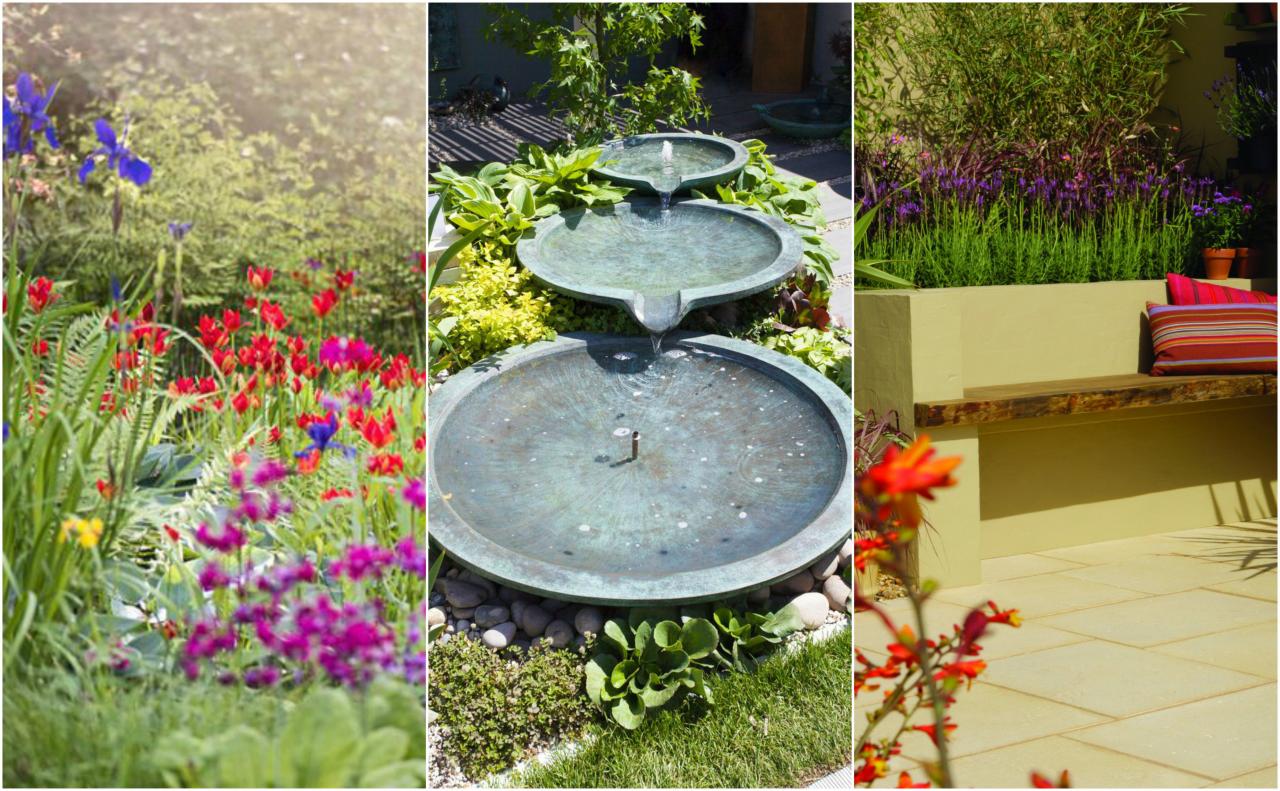
These garden design ideas are the key to a scheme you’ll love for years to come.
1. Get your lawn into shape
Look out of your window at your garden and the biggest shape you’ll probably see is your lawn. If it’s a good strong shape it will set the entire garden on the right track. And it doesn’t have to be a rectangle! Try an oval, circle, square or oblong.
Why not try… Bosch Isio Shape and Edge Set, £49.99, John Lewis BUY NOW
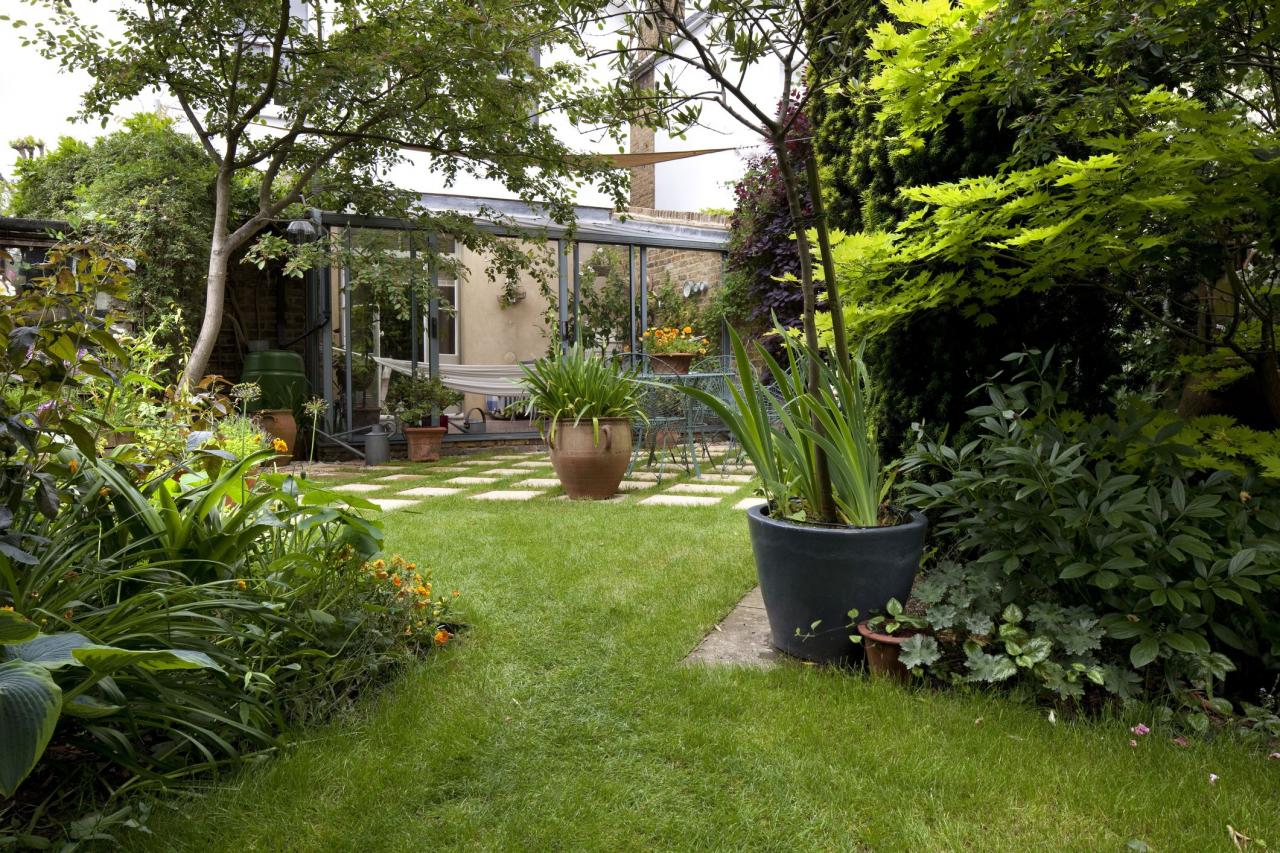
Getty ImagesRichard Bryant/ArcaidImages
2. Never skimp on your flowerbeds
A metre, or more, in depth is a perfect size for a border, giving you enough space to put smaller plants at the front with taller ones behind. But if you don’t have room for metre-deep beds, you could place climbers at the back of the border, so you can still get height in the planting.
Why not try… The Chamberlain Wooden Raised Grow Bed 1m x 1m, by Primrose, £19.99, Amazon BUY NOW
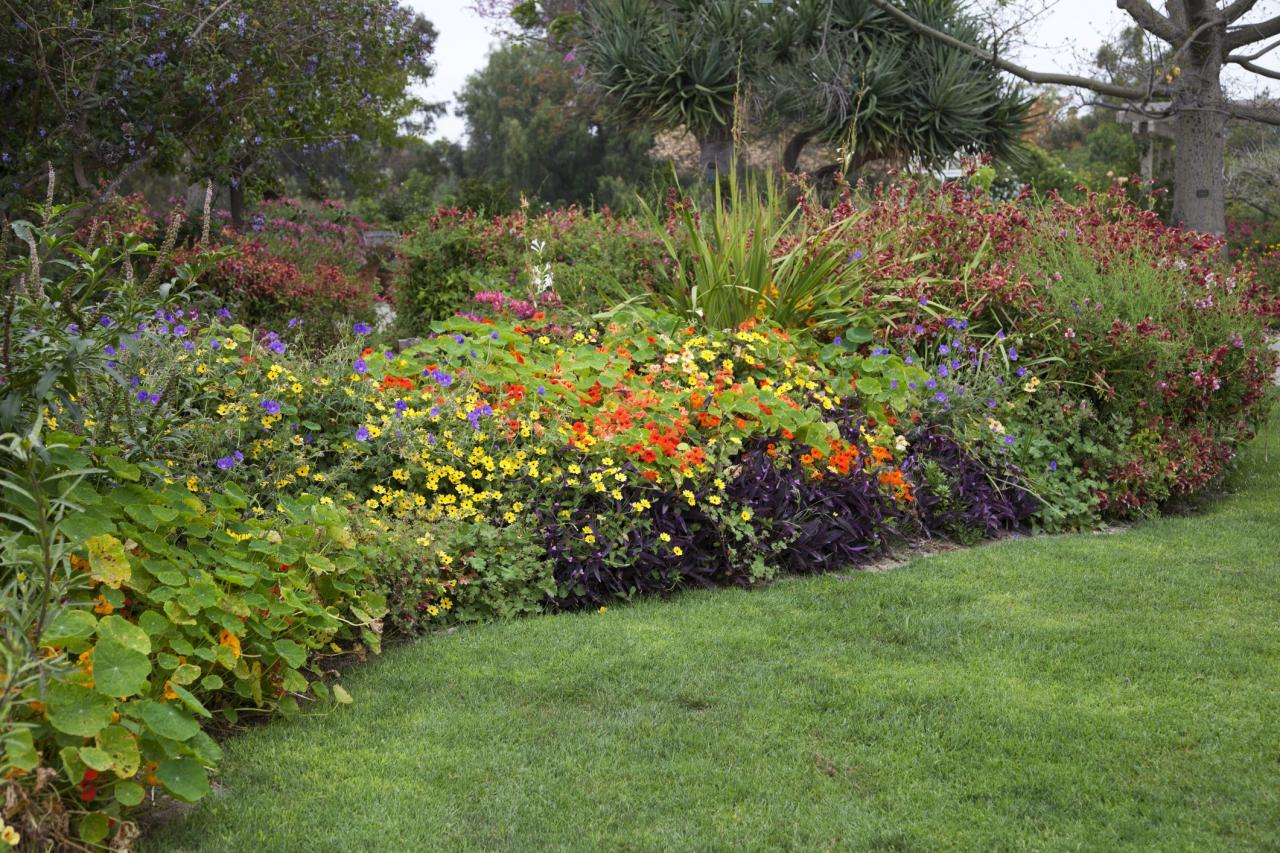
Getty ImagesJennifer_Sharp
3. Landscaping sets the tone
The way paving is laid and its colour provide a strong design direction for the entire garden. For instance, grey or white stone laid in a random pattern will set the scene for a French country look. Black or silver paving organised in a regular design will form the perfect backdrop to a sleek and modern scheme. Whereas buff or golden stone arranged in a random pattern creates an English country feel.
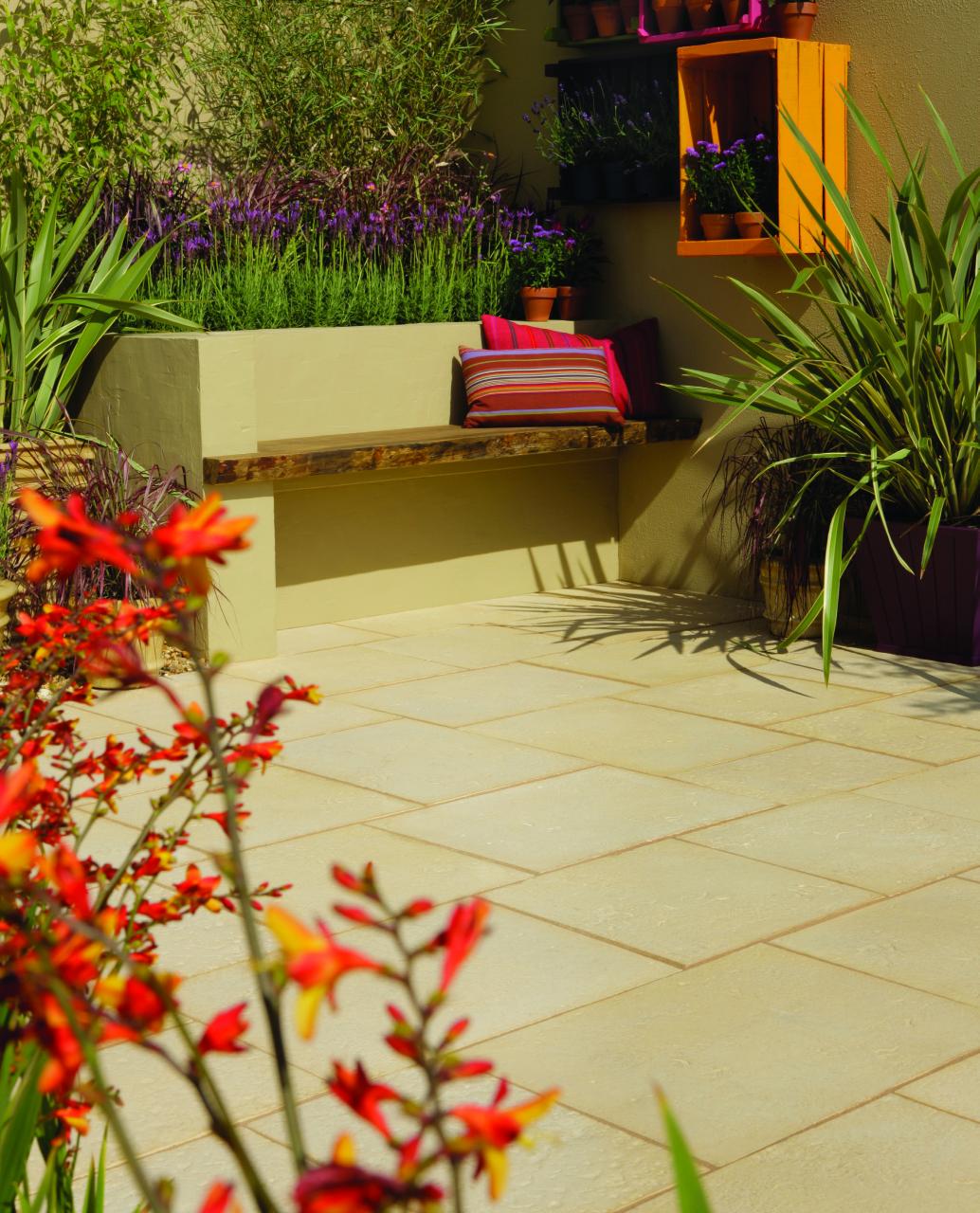
4. Coordinate your plants and paving
- Grey or white stone looks great with purple and white blooms.
- Black and silver paving looks amazing with strong colours, such as red, orange and yellow.
- Golden or buff works with flowers that have soft tones – pink, lavender, and chalky yellow.
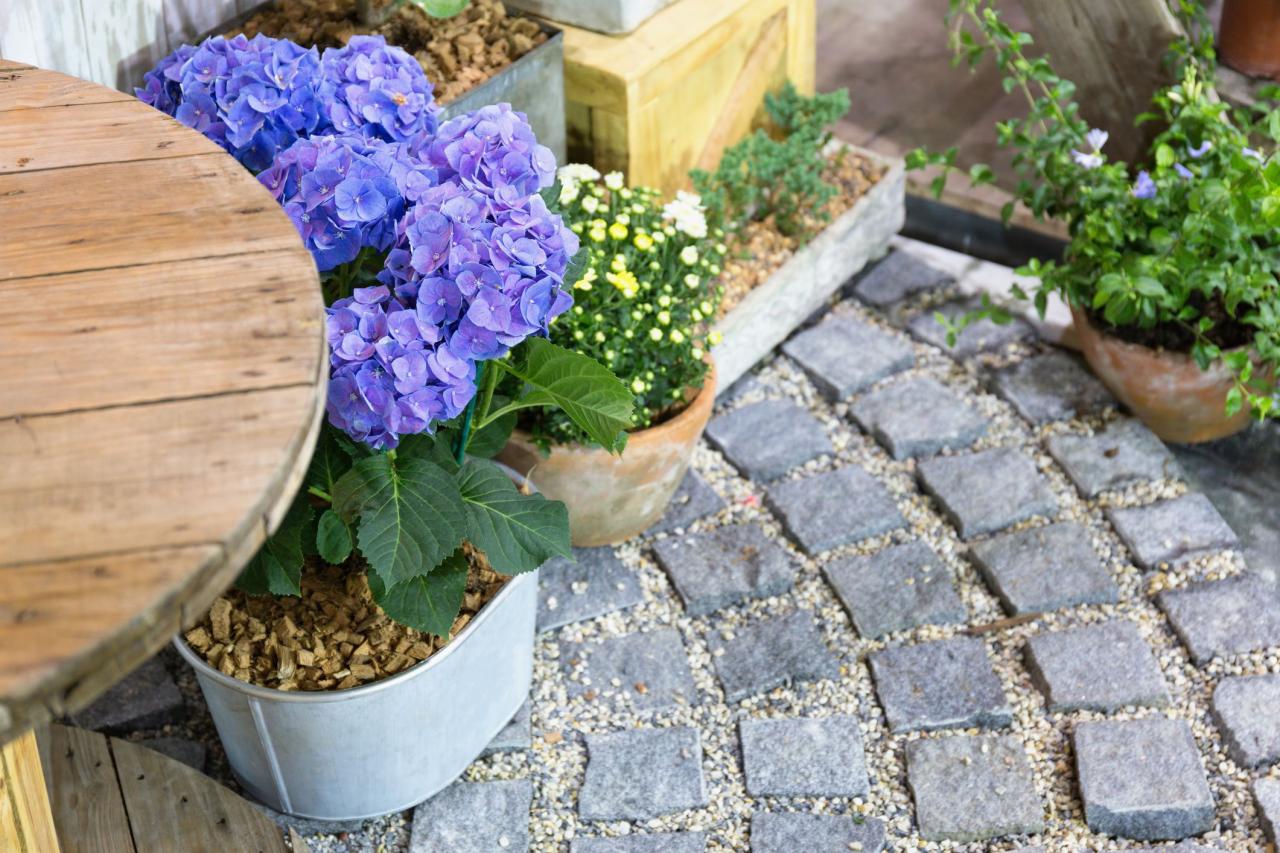
Getty ImagesWichitS
5. Plan your planting
The best designs start with structural plants infilled with pretty, flowering plants. So use evergreen shrubs at the end of each border and as punctuation along the way. Include small shrubs such as box balls, or large evergreens, for example mahonia for bigger areas. Once you have this frame, fill the gaps with pretty flowering plants. Try to stick to just five or six different types and arrange them in repeated patterns for a coordinated and harmonious effect.
Why not try… Mahonia x media ‘Winter Sun’ 15cm Pot Size by Garden Expert, £12.99, Amazon BUY NOW
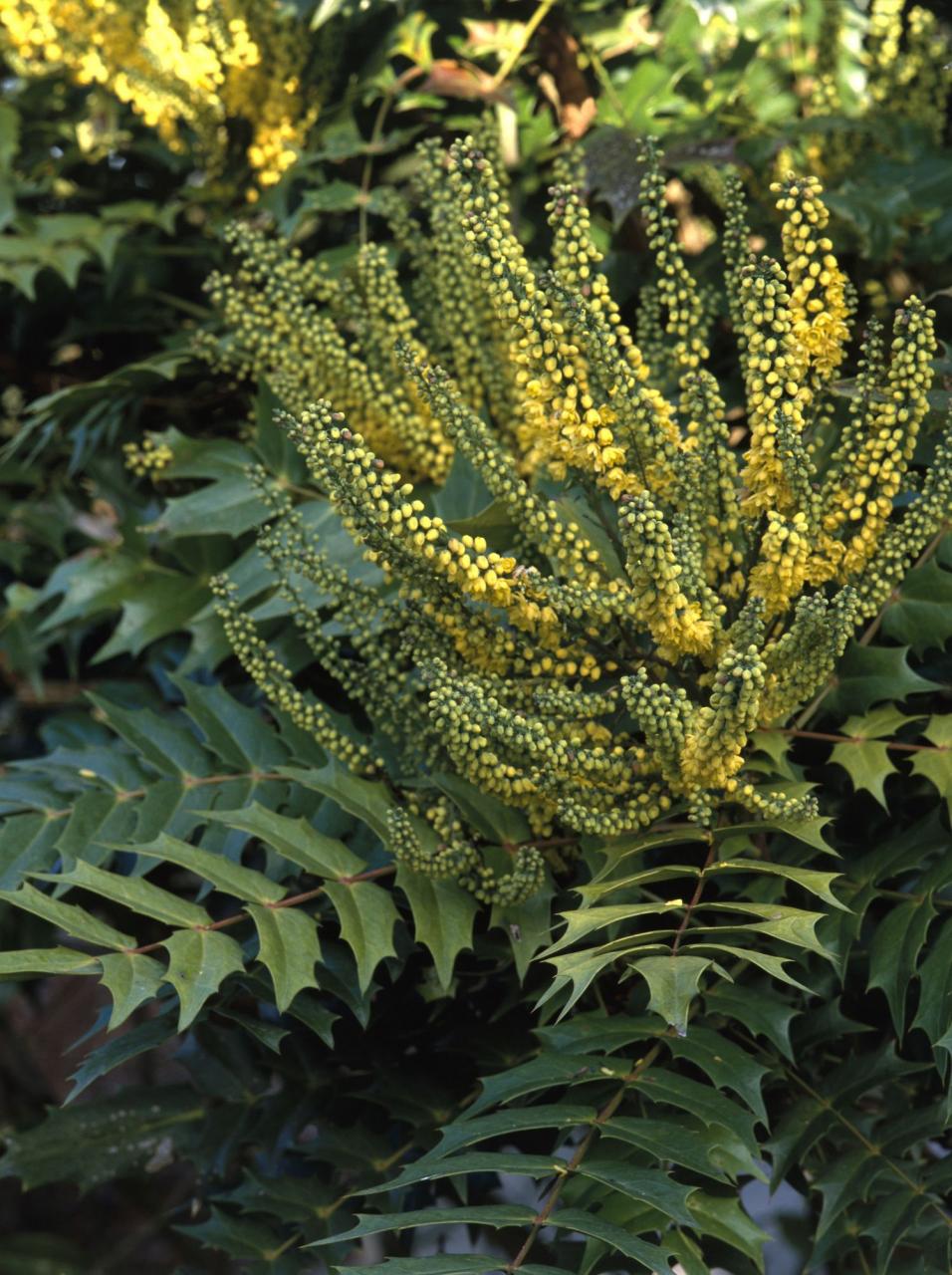
Getty ImagesSteven Wooster
6. Remember the four seasons
When you’re choosing flowering plants try to make some of them ‘out of season’ performers so you have some year-round colour. Or put in spring and early summer bulbs to get the garden off to a great start.
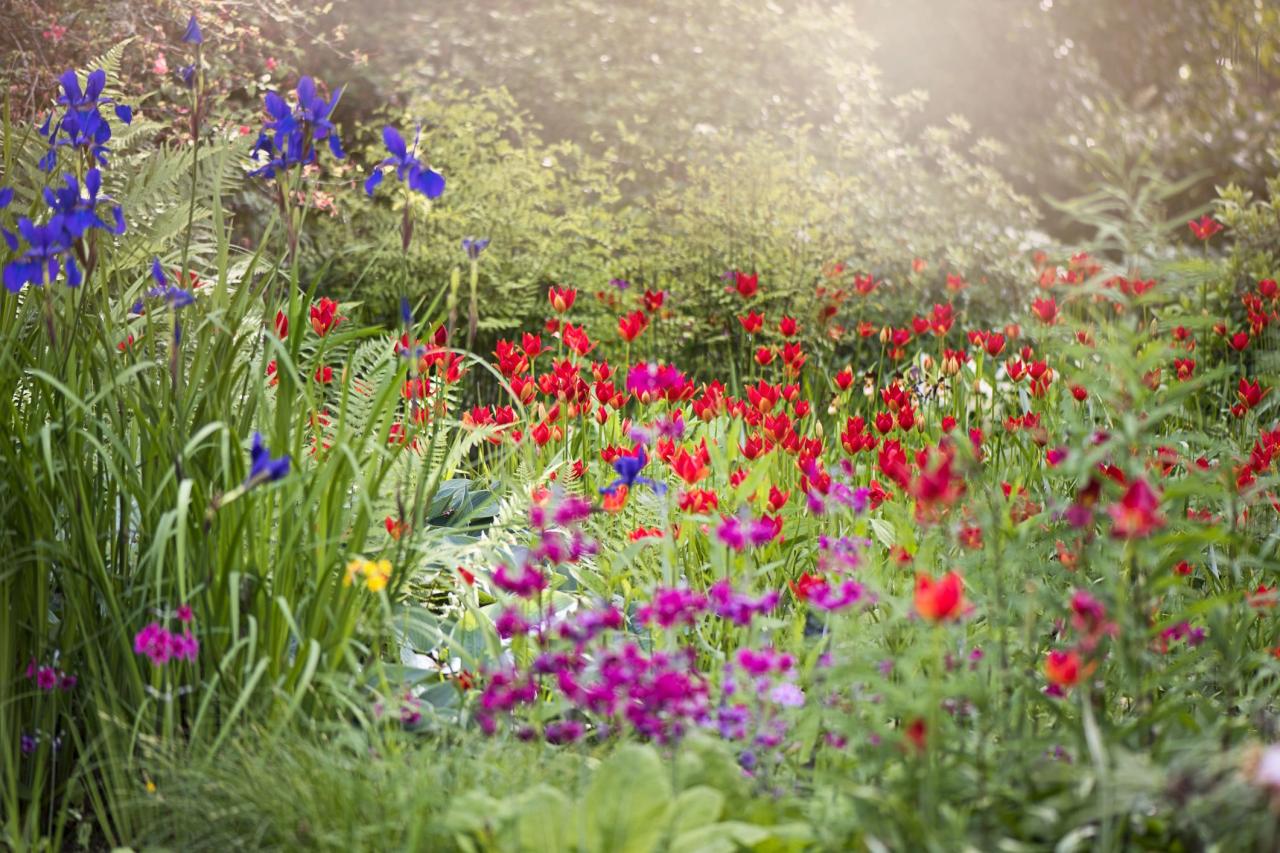
Getty ImagesJacky Parker Photography
7. Don’t stint on seating space
When planning your garden, if you’re thinking of having a table, consider the space it will need and allow enough room for each person to be able to sit comfortably and pull out their chair without hitting anything. And remember, you’ll also need room to walk around the table with everyone seated. It all ends up taking up much more space than you might think!
Why not try… HOME Atlantic 4 Seater Patio Set, £99.99, Argos BUY NOW
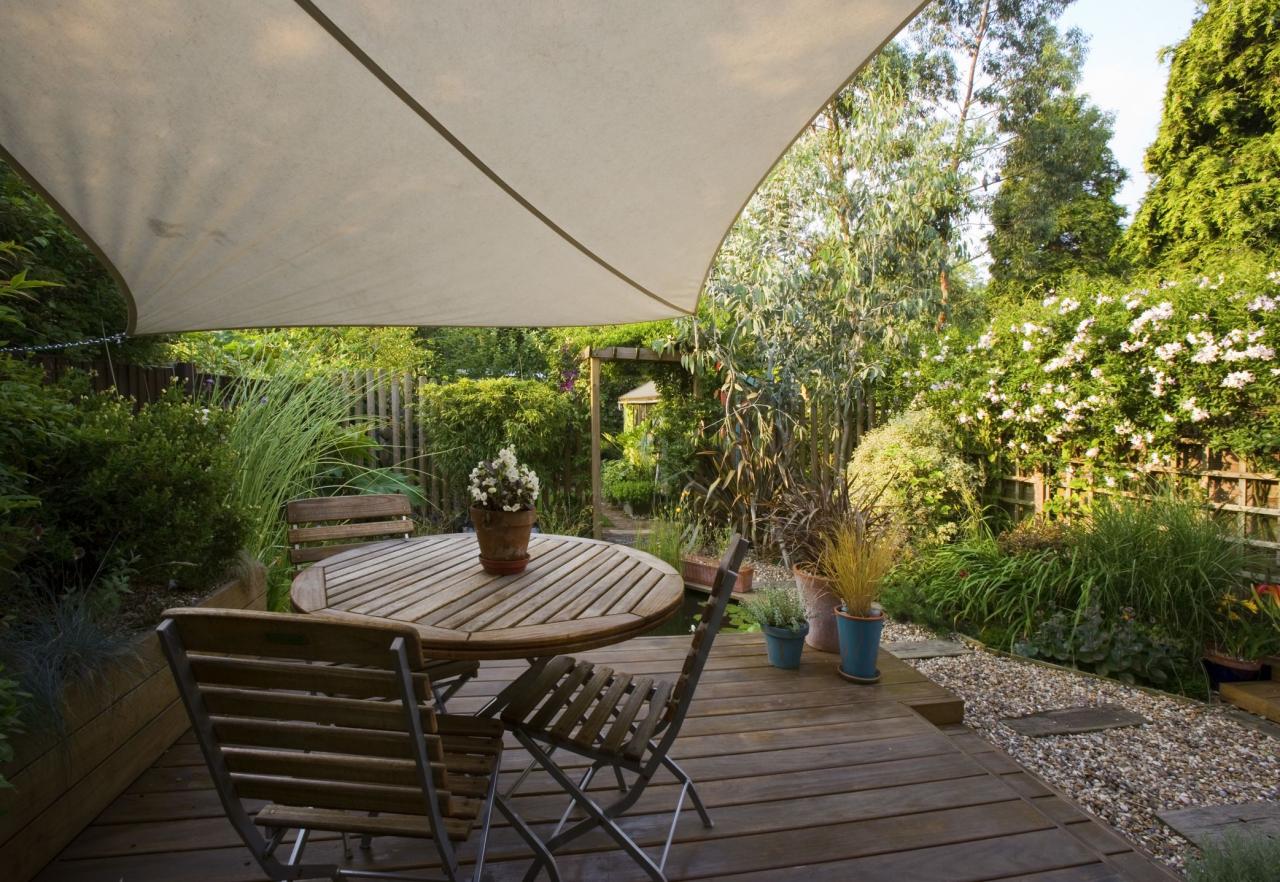
Getty ImagesClive Nichols/ArcaidImages
8. Pay attention to your boundaries
In a small garden, boundary walls, fences or hedges may be the biggest element in view, so it’s really important to get them to look good. They don’t have to all be the same but try to provide visual links between them. You could have the same type of fence, for instance, and grow climbers up them in in coordinating colours. If you aren’t able to change the fences, whitewash them or clad them with battens or trellis. Check with your neighbours first to establish whose fence it is and ask permission before doing any work!
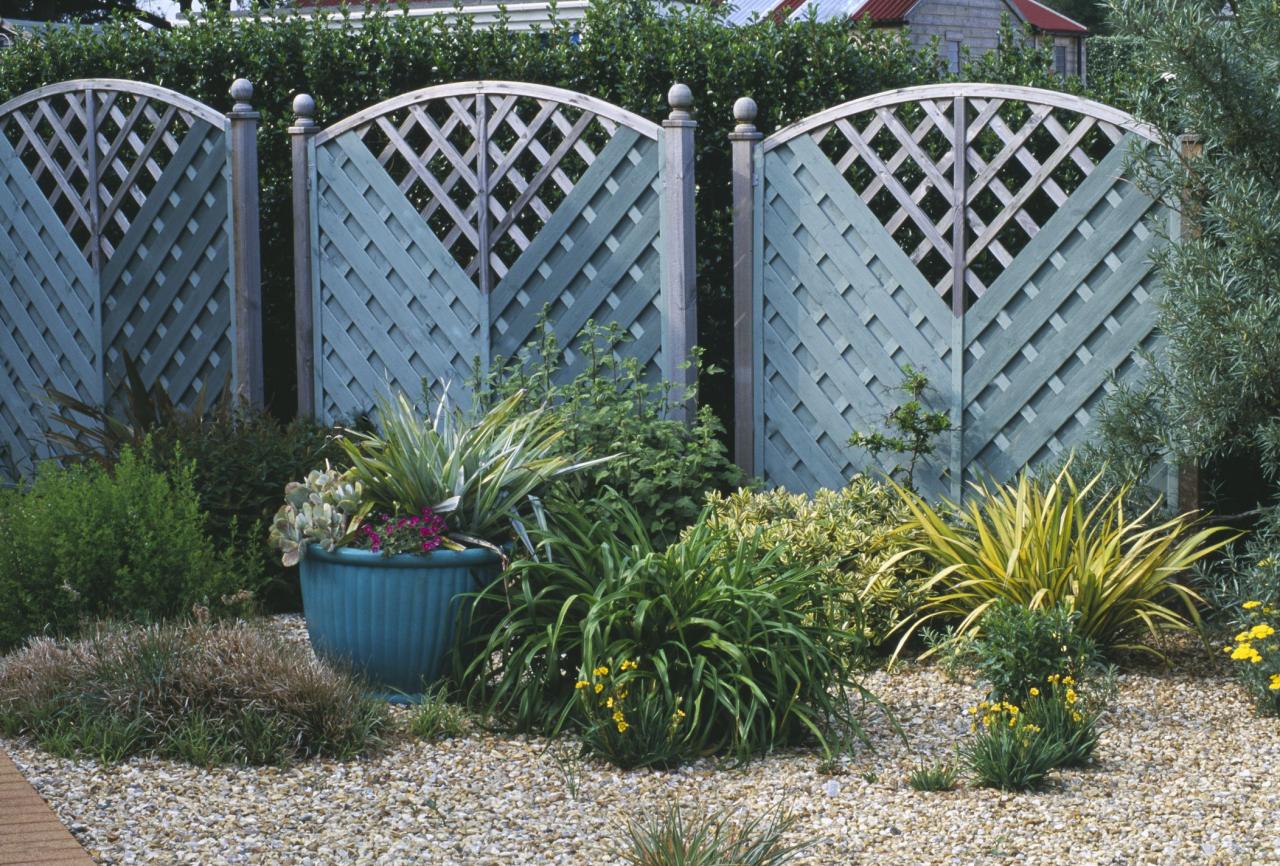
Getty ImagesClive Nichols/ArcaidImages
9. Listen before you buy!
The sound of a water feature is just as important as how it looks when it comes to enjoying your garden. So it’s really important to listen to it in action before you buy, to make sure it’s something you’ll be happy to live with long term.
Why not try… Kaemingk 3 Bowl Garden Water Feature, Grey, £149, John Lewis BUY NOW
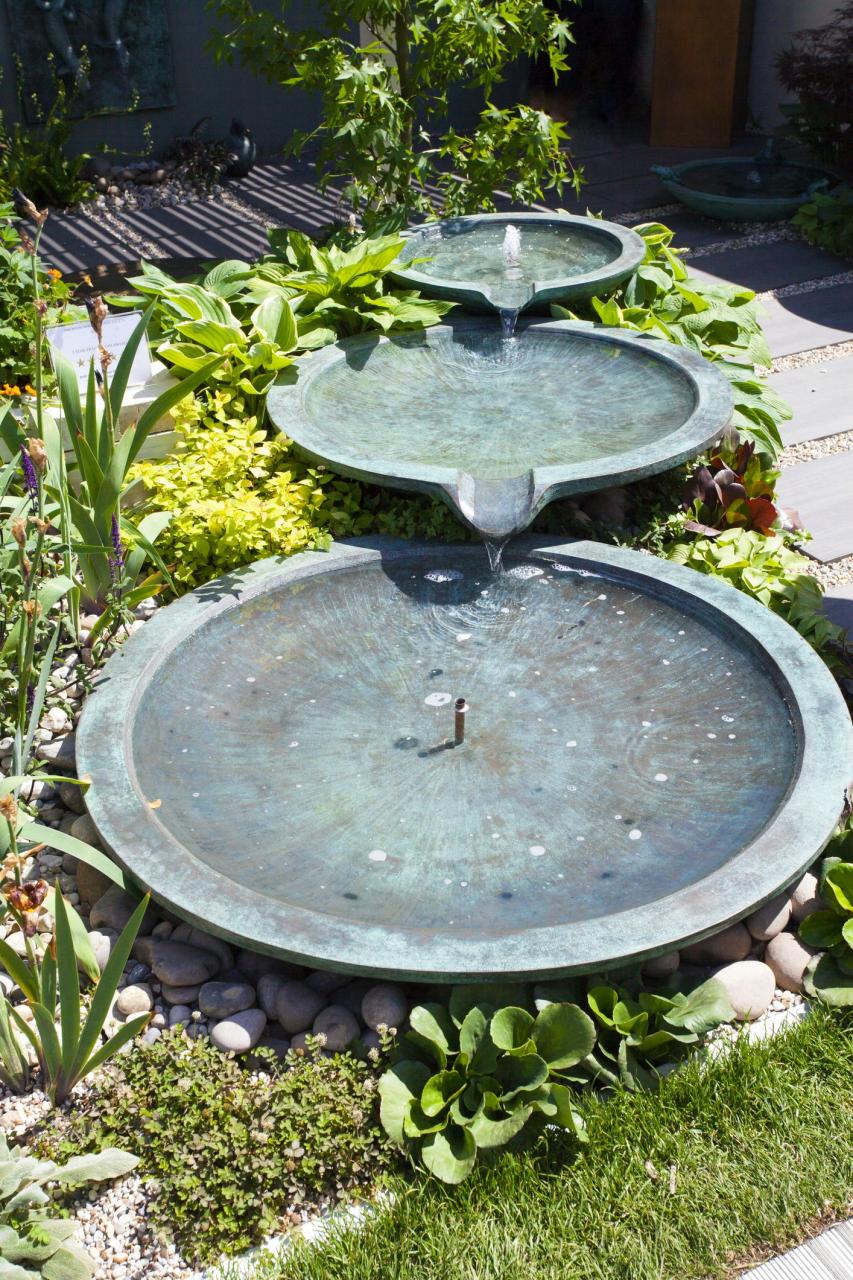
Getty ImagesAntoninapotapenko
10. Integrate your ornaments
The most important rule with garden ornaments is to nestle them in with the planting. An ornament or water feature plonked in the centre of an empty space is unlikely to look good. If it’s too small it will look lost and something too big will overwhelm the space.
